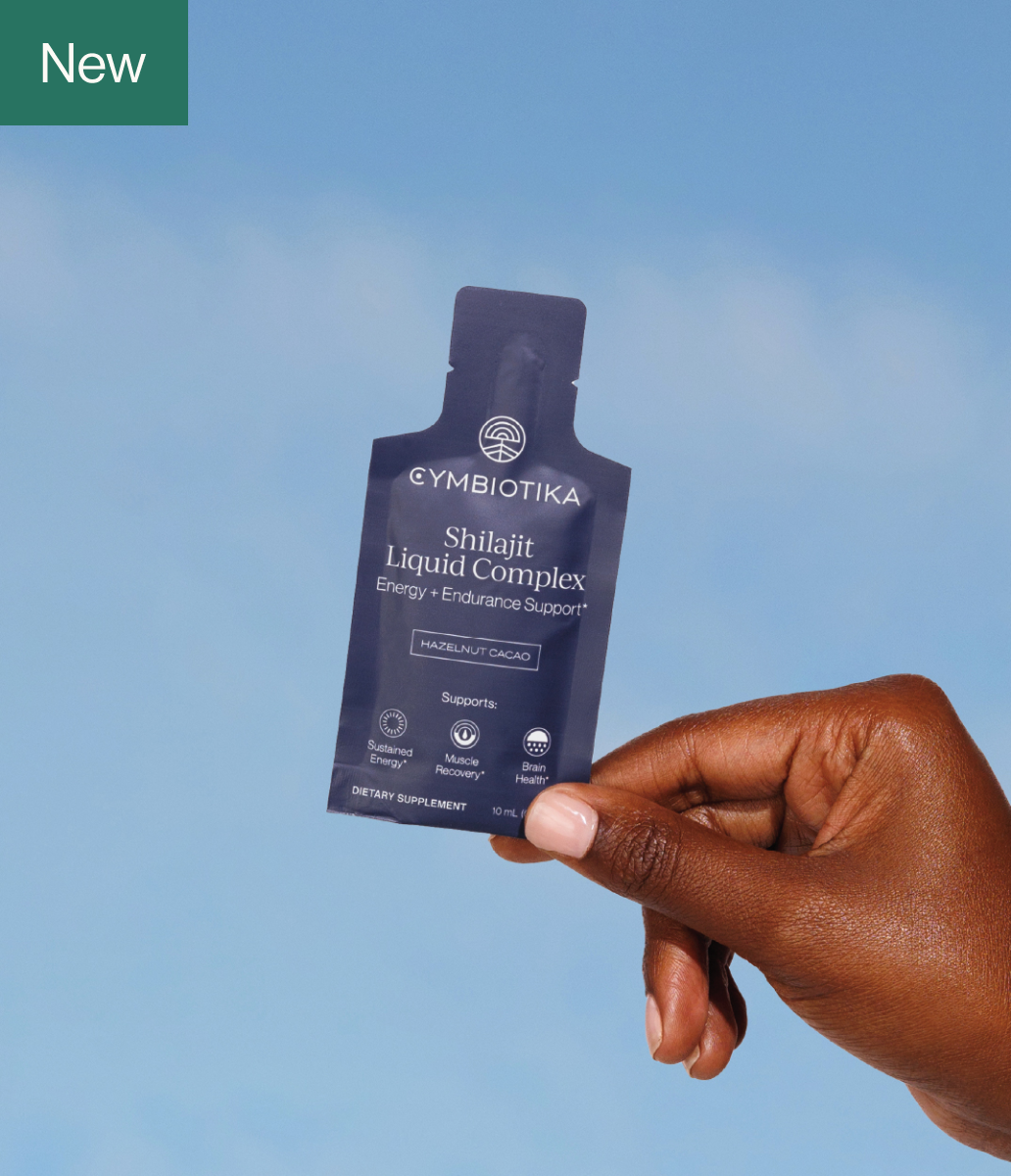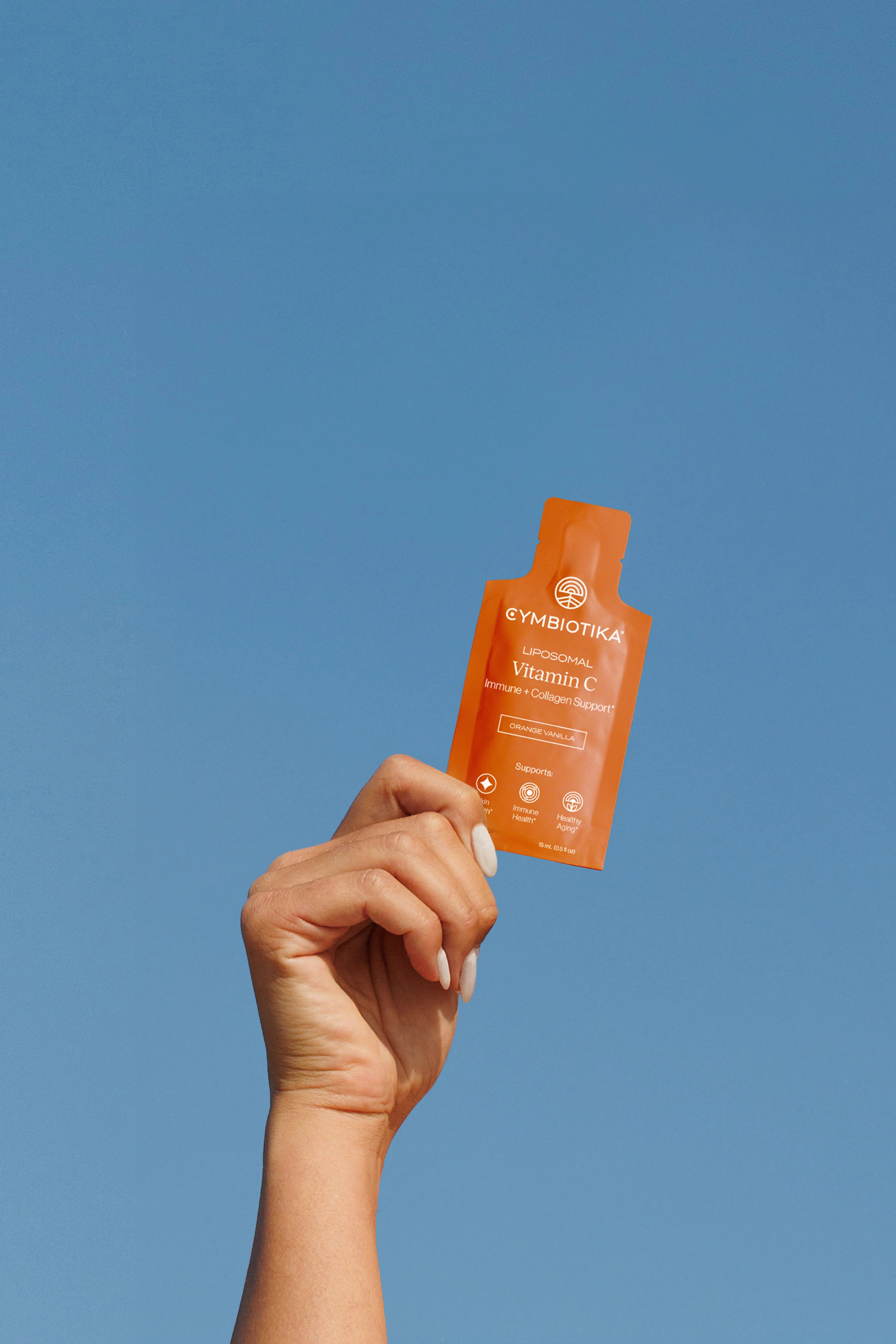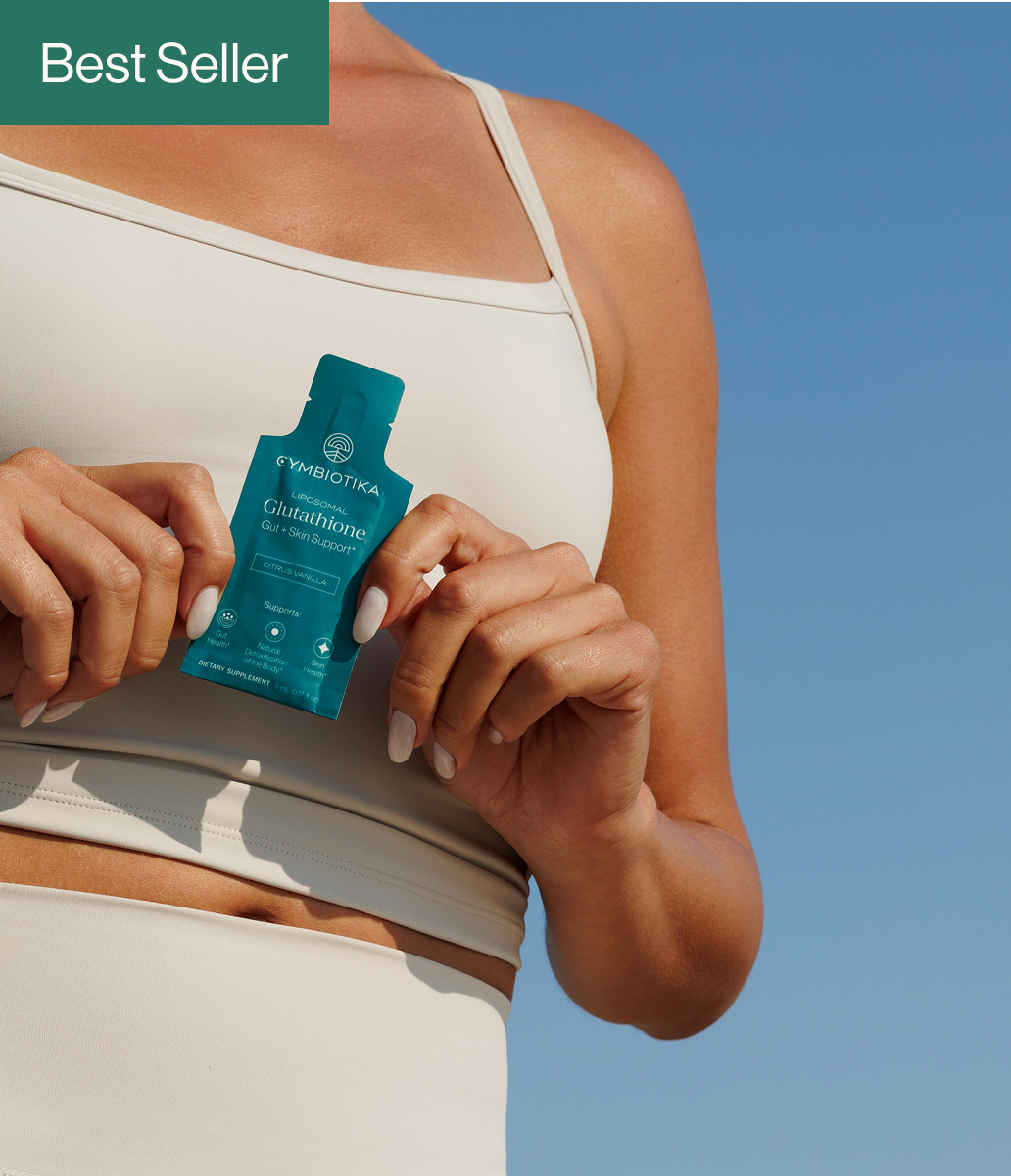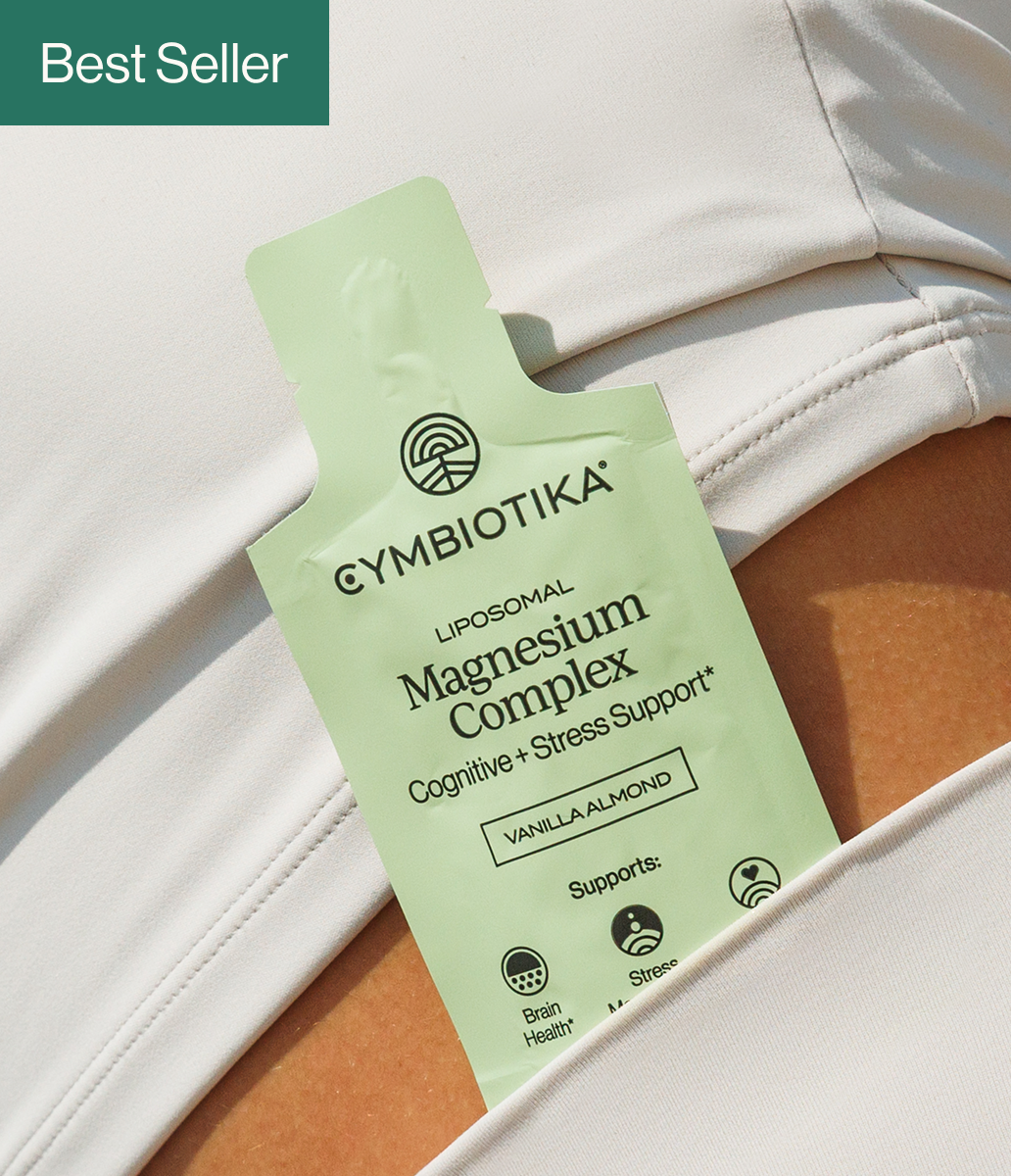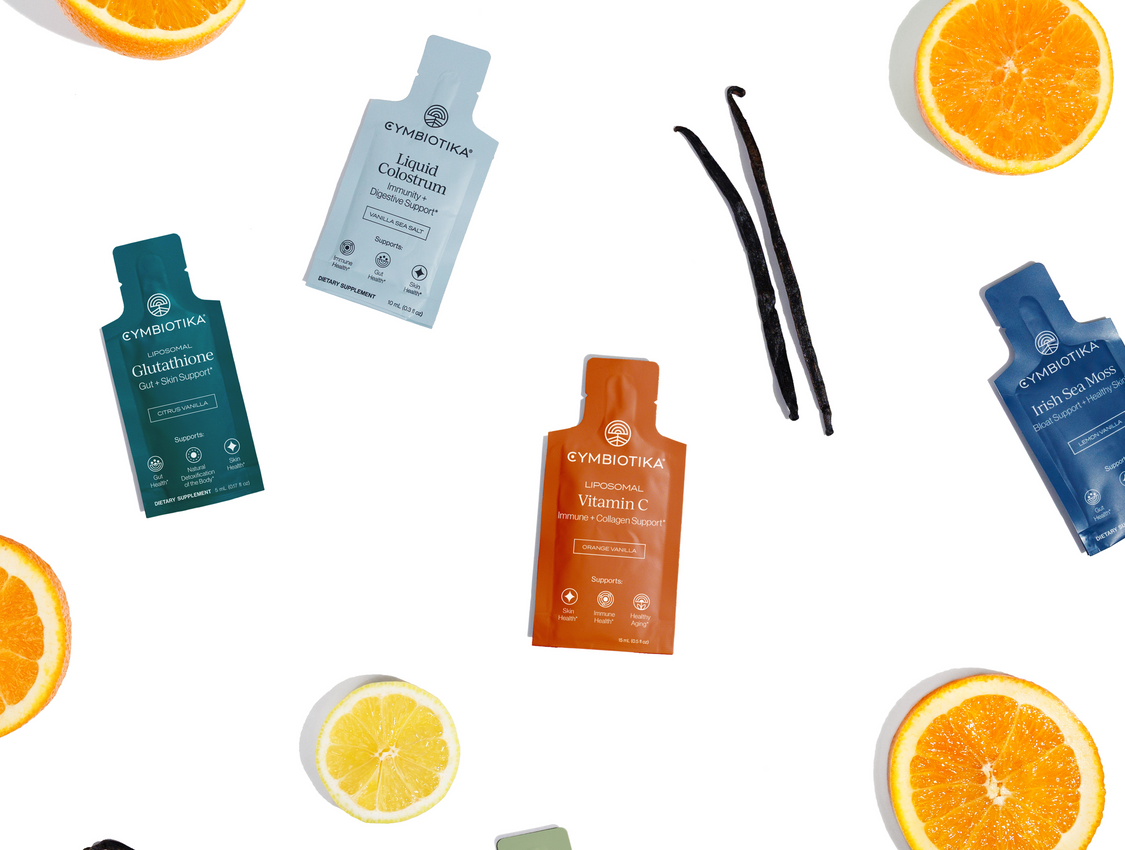Table of Contents
- Introduction
- The Science Behind Sunburn and Skin Peeling
- Why We Should Resist the Urge to Peel
- Best Practices for Managing Sunburned Skin
- Prevention: The Best Approach to Sunburn
- Conclusion
Have you ever found yourself staring at your peeling sunburned skin, tempted to pick at those flaky patches? You're not alone. Many of us have been there, grappling with the urge to intervene when our skin starts to shed post-sunburn. This natural reaction can provoke a myriad of questions: Is it bad to peel sunburned skin? What happens if we do? And, most importantly, how can we support our skin's healing journey effectively?
In this blog post, we will explore the complexities of sunburn and peeling skin, diving into the science behind what happens to our skin when it gets burned, why peeling occurs, and the best practices for caring for sunburned skin. We’ll also touch on relevant practices that empower us to take control of our skin health, aligning with our commitment at Cymbiotika to transparency, quality, and science-backed wellness.
Introduction
Sunburns are not just an aesthetic nuisance; they are signs of skin damage caused by excessive exposure to ultraviolet (UV) rays. Every year, millions of people experience sunburns, leaving them with not only painful skin but also the unsightly aftermath of peeling. But what exactly is happening beneath the surface when our skin starts to flake, and is it detrimental to intervene?
As we delve into this topic, we will discuss the biological processes that lead to peeling skin, evaluate common misconceptions surrounding skin care during this time, and highlight effective strategies for nurturing our skin during its recovery. By understanding the healing process, we can make informed decisions that not only protect our skin but also enhance its overall health.
Together, we will explore the following key areas:
- The science behind sunburn and skin peeling
- Why we should resist the urge to peel
- The best practices for managing sunburned skin
- How to prevent sunburns in the future
By the end of this post, you will have gained a comprehensive understanding of the topic, empowering you to care for your skin more effectively. Let's dive in!
The Science Behind Sunburn and Skin Peeling
What Causes Sunburn?
Sunburn is primarily caused by overexposure to UV radiation from the sun. When our skin absorbs these harmful rays, it can lead to DNA damage within our skin cells, resulting in inflammation and the familiar red, painful appearance of a sunburn. The skin responds to this damage by initiating a healing process, which includes shedding the damaged cells—a phenomenon we recognize as peeling.
Research indicates that there are different degrees of sunburn:
- First-degree burns affect only the outer layer of skin (epidermis) and typically result in redness and minor pain. Peeling can occur, but it is often mild.
- Second-degree burns damage deeper layers of skin, leading to blisters, swelling, and significant peeling.
The Peeling Process
Peeling is a natural part of the skin’s healing process. During the aftermath of a sunburn, our skin undergoes a series of reactions:
- Inflammation: Initially, the skin becomes red and swollen. This is due to an influx of immune cells that help clear away damaged cells.
- Cell Death: The cells that have sustained significant damage undergo a process called apoptosis, or programmed cell death. This reaction is a protective mechanism to remove cells that could potentially lead to further complications.
- Desquamation: As the skin begins to heal, the damaged outer layer of skin sheds off, making way for new, healthy skin underneath.
This shedding can lead to the appearance of flaky skin, which some may feel tempted to peel away. However, it’s crucial to understand why we should resist this urge.
Why We Should Resist the Urge to Peel
Peeling away sunburned skin might seem harmless, but it can lead to several adverse effects, including:
1. Increased Risk of Infection
The outer layer of skin serves as a barrier against bacteria and other pathogens. By removing it prematurely, we expose the underlying, more vulnerable skin to potential infections. This can lead to complications that may require medical attention.
2. Delayed Healing
While peeling skin might be unsightly, it is part of the natural healing process. Forcing it off can disrupt this process and prolong recovery time, delaying the return to healthy skin.
3. Scarring and Damage
Picking at peeling skin can result in scarring or other forms of skin damage. The new skin cells underneath are often more sensitive and not fully prepared to be exposed to the elements.
4. Discomfort and Pain
Pulling at peeling skin can exacerbate discomfort and pain. Instead of easing the situation, it can lead to additional irritation.
Best Practices for Managing Sunburned Skin
Caring for sunburned skin requires a gentle approach. Here are some effective strategies to promote healing while keeping your skin healthy:
1. Stay Hydrated
One of the simplest yet most effective ways to support your skin is by staying hydrated. Drinking plenty of water helps replenish lost fluids and supports overall skin health. Hydration can also minimize peeling by keeping the skin moist from within.
2. Moisturize Regularly
After a sunburn, your skin may become dry and flaky. Applying a gentle moisturizer can help lock in moisture and soothe irritation. Look for products containing aloe vera, which is known for its soothing properties, or other hydrating ingredients.
3. Avoid Exfoliation
While it may be tempting to exfoliate in an effort to remove peeling skin, this should be avoided. Exfoliating can irritate sunburned skin and disrupt the healing process. Instead, allow the skin to slough off naturally.
4. Use Cool Compresses
To alleviate discomfort and reduce swelling, applying cool compresses can be beneficial. This can provide immediate relief, especially in the initial days after a sunburn.
5. Protect Your Skin
While your skin is healing, it becomes more sensitive to UV exposure. Protecting it is crucial. Wear protective clothing, seek shade, and apply a broad-spectrum sunscreen with an SPF of at least 30 when venturing outdoors.
6. Over-the-Counter Pain Relief
If pain is significant, consider taking over-the-counter pain relief medications, such as ibuprofen or acetaminophen, to manage discomfort.
Prevention: The Best Approach to Sunburn
While understanding how to care for sunburned skin is essential, the best strategy is prevention. Here are some effective measures to avoid sunburn in the first place:
1. Use Sunscreen
We cannot emphasize enough the importance of using a broad-spectrum sunscreen with an SPF of at least 30. Apply it generously to all exposed skin, and reapply every two hours, especially after swimming or sweating.
2. Time Your Sun Exposure
Limit sun exposure during peak hours, typically between 10 AM and 4 PM, when UV radiation is the strongest. If you need to be outside, seek shade whenever possible.
3. Wear Protective Clothing
Covering your skin with long sleeves, hats, and sunglasses can provide additional layers of protection against UV rays.
4. Stay Informed About UV Index
Check the daily UV index in your area to gauge the level of UV radiation and adjust your outdoor activities accordingly.
Conclusion
Understanding the complexities of sunburn and the associated peeling is crucial for anyone who spends time outdoors. While the urge to peel sunburned skin may be tempting, resisting this instinct can protect our skin from infections, scarring, and delayed healing. By adopting effective care strategies and prioritizing prevention, we can support our skin's recovery and enhance overall health.
At Cymbiotika, we believe that wellness starts with trust and transparency. By empowering ourselves with knowledge about skin health, we can make informed decisions that align with our well-being. For those looking to enhance their skin health further, we invite you to explore our collection of skin health supplements here.
Additionally, if you're unsure which supplements are best for your skin, take our AI quiz here to find personalized recommendations tailored to your needs.
FAQ
Q: Is it really bad to peel sunburned skin?
A: Yes, peeling sunburned skin can lead to increased risk of infection, delayed healing, and potential scarring. It’s best to let the skin peel naturally.
Q: What should I do if my sunburn starts to peel?
A: Keep the skin moisturized, stay hydrated, and avoid any harsh treatments. Using cool compresses can also help alleviate discomfort.
Q: How long does it take for sunburned skin to heal?
A: Mild to moderate sunburns typically heal within about a week, but this can vary based on the severity of the burn.
Q: Can I prevent sunburn from peeling?
A: While you can't completely prevent peeling, you can minimize it by keeping your skin well-hydrated and protected from the sun.
Q: What are the best products to use for soothing sunburn?
A: Look for moisturizers with aloe vera or other soothing ingredients. Avoid products that contain petroleum or oil, as they can trap heat and worsen the burn.
By taking a proactive approach and understanding the sunburn healing process, we can all contribute to healthier skin and a more empowered wellness journey.
*These statements have not been evaluated by the Food and Drug Administration. This product is not intended to diagnose, treat, cure, or prevent any disease.

